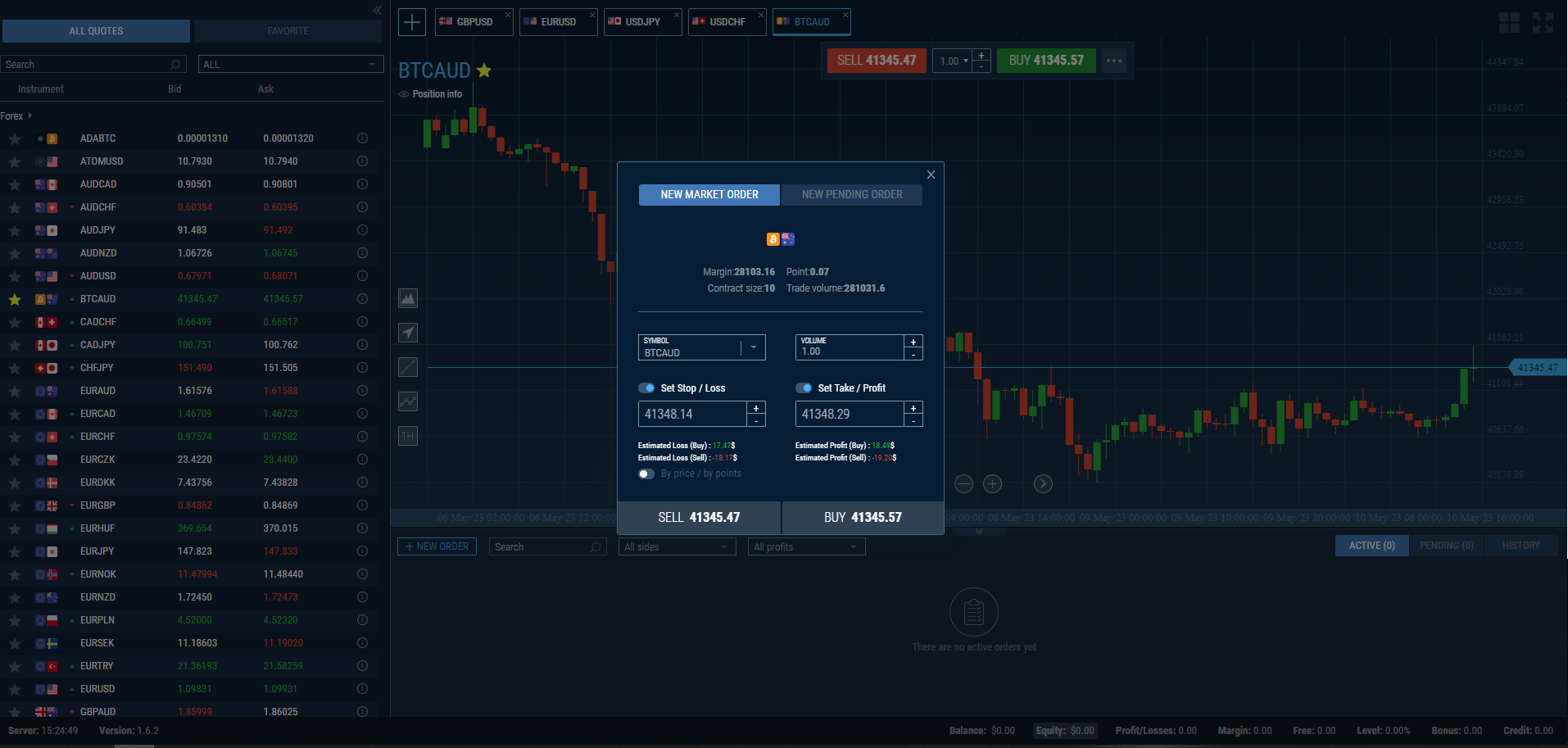Distractions are unavoidable and pervasive. Not all distractions, though, are detrimental; some actually help us think more clearly and more productively. We will focus on one topic—the relative contributions of critical and creative thinking to testing at various stages of the testing lifecycle.
Although there are many expert definitions of critical and creative thinking online, we would accept the straightforward interpretation that says: Creative thinking is divergent while critical thinking is convergent.
There is no denying that both are equally important to instill in testers, but what is even more crucial is knowing when and where to use each to bring their combined benefits into the testing process. This is crucial in the modern era, when distractions are at an all-time high and simply pursuing creative thinking may not result in any convergent benefits that improve product quality.
It includes the various stages including: documentation review, test planning, test execution, test analysis and test reporting touching upon what activities are taken up at each of these stages. Don’t forget that consulting testers which could be found right here is not a privilege or finding unpopular solutions – as a result, it is an opportunity for professionals to look at your project from a different angle, and therefore you will have more data to consider and make decisions. At a high level, critical thinking outweighs creative thinking in the documentation review and test analysis stages where you are more into information gathering/assimilation and analysis modes. Creative thinking takes a stronger hold in the test planning stage when you are diverse in your thought process. This lets your creative flow guide you into what kinds of tests you want to carry out, what your testing strategy needs to be, looking at how to bring in newer test ideas which are not just intrinsic but also extrinsic in nature.
Balancing Critical and Creative Thinking
Critical and creative thinking have a relatively equal share to play in the test execution stage where you put your ideas into action. While being creative here lets you test newer possibilities including ones along the unbeaten path, critical thinking herein is that soft leash that keeps a check on your creative thinking, to ensure they translate into measurable results to align with your product quality. Finally in the test reporting stage again both critical and creative thinking are used, but creative thinking should be used more as it helps you interpret your results into actionable items for the team at all levels, be it your senior management or your immediate team.
So, you are diverse in your thinking to interpret results and report them not as mere numbers but as information that is relevant and meaningful in empowering various entities to make important decisions. While your creativity and diverse thinking helps you with this process of embracing everyone on the team, your critical thinking is important in converging all of these results into one single message that represents your product’s quality.
The Role of Thinking Types in Software Testing
Analytical thinking is the capacity to dissect a whole into its constituent parts and analyze those parts and their interactions. It requires logical, step-by-step thinking to separate a larger informational system into its constituent parts.
Critical thinking is perhaps the most essential type of thinking in the context of software testing. As testers, we must constantly challenge concepts and presumptions. It is the capacity to reason by meticulously examining something to ascertain its veracity or accuracy. Being an active learner as opposed to a passive taker of information is key.
Concrete thinking relates to the ability to perceive and put in practical knowledge. This occurs in the context of testing when testers insist that all instructions be present prior to testing and won’t begin testing until all criteria for acceptance have been specified in a user story.
Abstract thinking software testers consider an idea’s or piece of information’s overall significance instead of focusing on the specifics. Testers who have the capacity for abstract thought are better able to create engaging test cases. Testers are going to look at a user story instead of just reading the conditions of acceptance to see how it might relate to or affect other components of the system.
Conclusion
Let’s emphasize that both thinking types are important for testers to possess, but it is crucial to know when and where to apply them to maximize their benefits. The different stages of the testing lifecycle are examined, with critical thinking playing a more prominent role in documentation review and test analysis, while creative thinking takes the lead in test planning. During test execution, both thinking types are necessary. In the test reporting stage, creative thinking is highlighted as essential for interpreting results and presenting actionable insights, while critical thinking is necessary to consolidate the findings into a cohesive message result.








